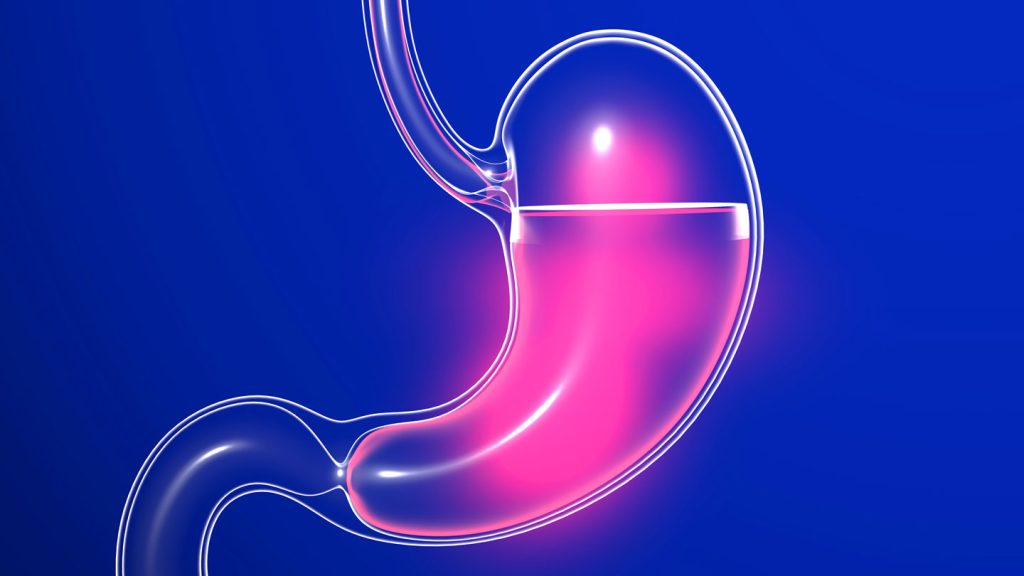A new weight loss procedure is being tested that involves blasting the stomach lining with heat in order to curb hunger and help individuals lose weight. This experimental procedure aims to reduce the size of the stomach and make individuals feel less hungry, ultimately leading to a decrease in daily caloric intake and a resulting loss of pounds. The procedure is still in the testing phase and has not yet been approved for widespread use, but early results seem promising in terms of its potential efficacy in aiding weight loss.
The procedure focuses on targeting the stomach lining with heat, which is thought to decrease the production of the hunger hormone ghrelin. By reducing levels of ghrelin, individuals may feel less hungry and be able to better control their food intake, potentially leading to significant weight loss over time. The treatment involves using a catheter to deliver heat directly to the stomach lining, which is a minimally invasive procedure that does not require surgery and is done on an outpatient basis.
While the exact mechanism of how the heat treatment works to aid weight loss is still being studied, early results have shown promising outcomes in terms of weight loss and reduced hunger levels in individuals who have undergone the procedure. The goal of this treatment is to provide a non-surgical option for individuals looking to lose weight and improve their overall health, especially those who have struggled with traditional weight loss methods such as diet and exercise.
The potential benefits of this weight loss procedure include a reduced appetite, increased feelings of fullness, and ultimately, a decrease in daily caloric intake that can lead to significant weight loss over time. By targeting the stomach lining with heat, the procedure aims to alter the body’s hunger signals and help individuals make healthier food choices and control their portion sizes more effectively. While more research is needed to fully understand the long-term effects of this treatment, early results suggest that it may be a promising option for those struggling with obesity.
It is important to note that this weight loss procedure is still in the experimental stage and has not yet been approved by regulatory agencies for widespread use. More research and clinical trials are needed to determine the safety and efficacy of this treatment, as well as any potential side effects or risks associated with the procedure. Individuals considering this treatment should consult with their healthcare provider to discuss the potential benefits and risks, as well as explore other weight loss options that may be more appropriate for their individual needs and goals.
Overall, this experimental weight loss procedure that involves blasting the stomach lining with heat shows promise in helping individuals lose weight by reducing hunger and altering the body’s hunger signals. While more research is needed to fully understand the long-term effects and safety of this treatment, early results are encouraging in terms of its potential benefits for weight loss. As with any weight loss procedure, it is important for individuals to consult with their healthcare provider and carefully consider their options before undergoing any treatment to ensure it is the right choice for their individual needs and goals.


